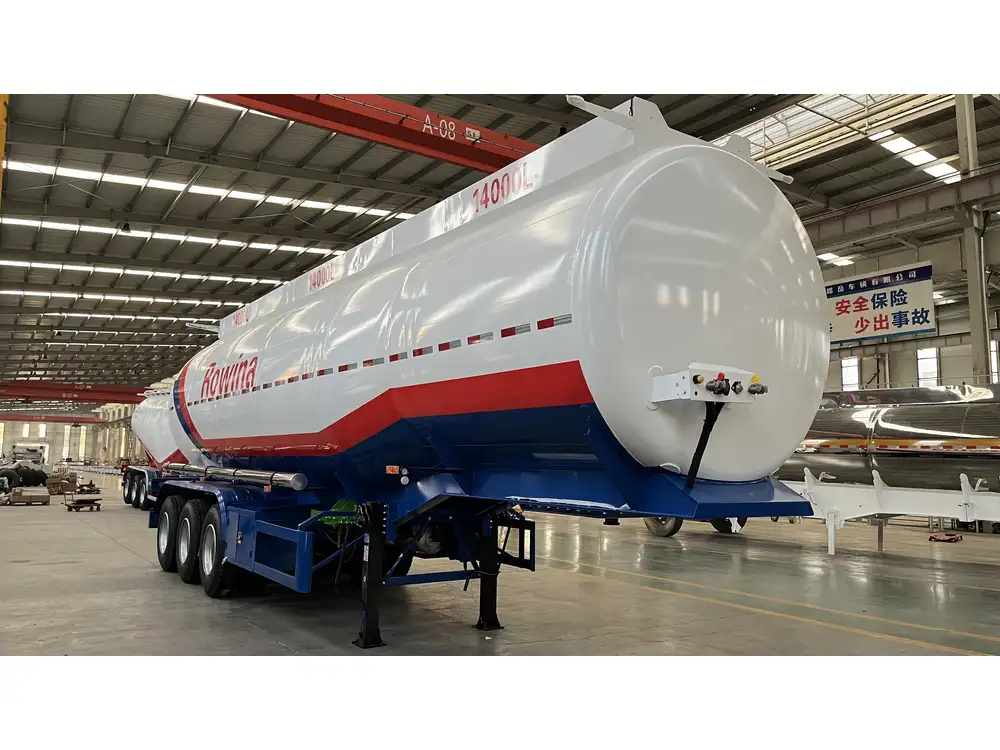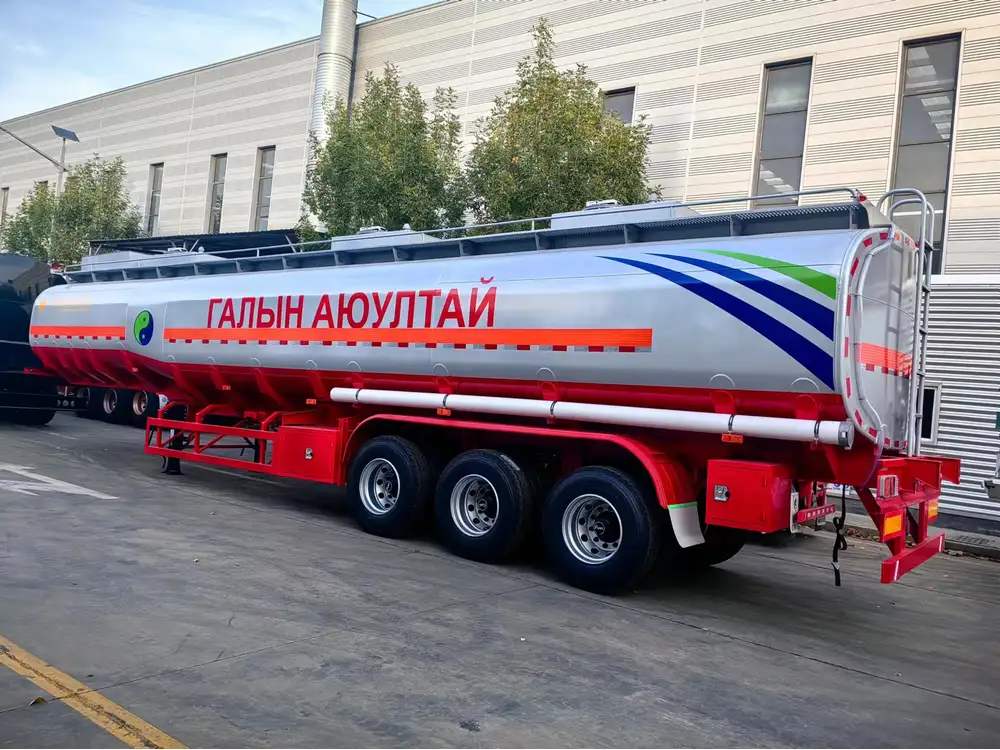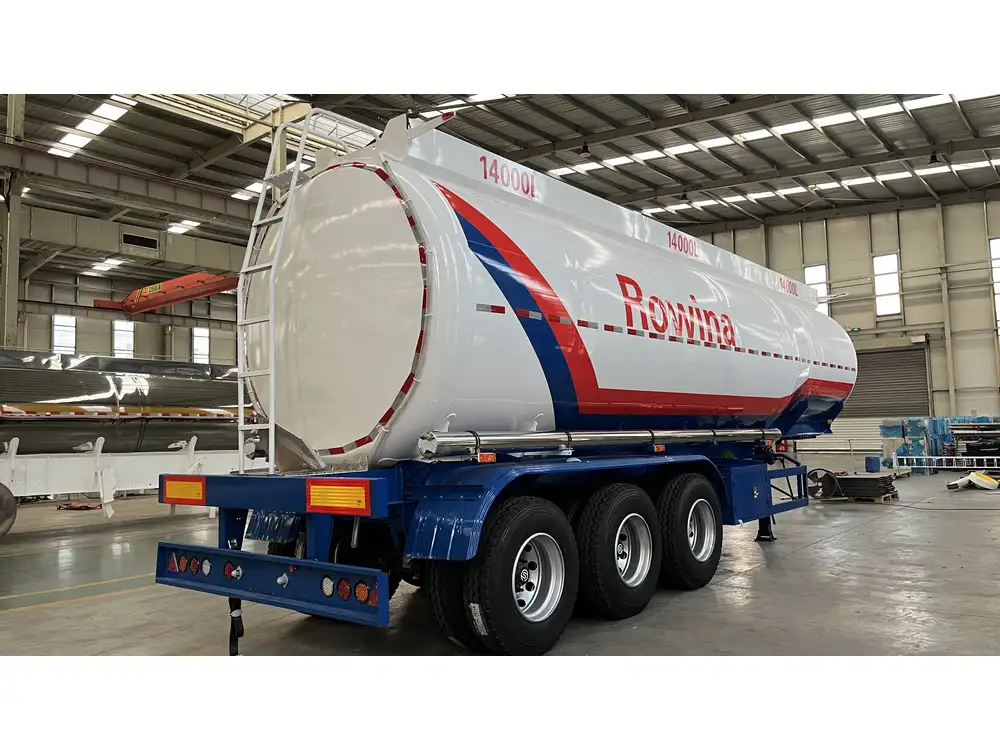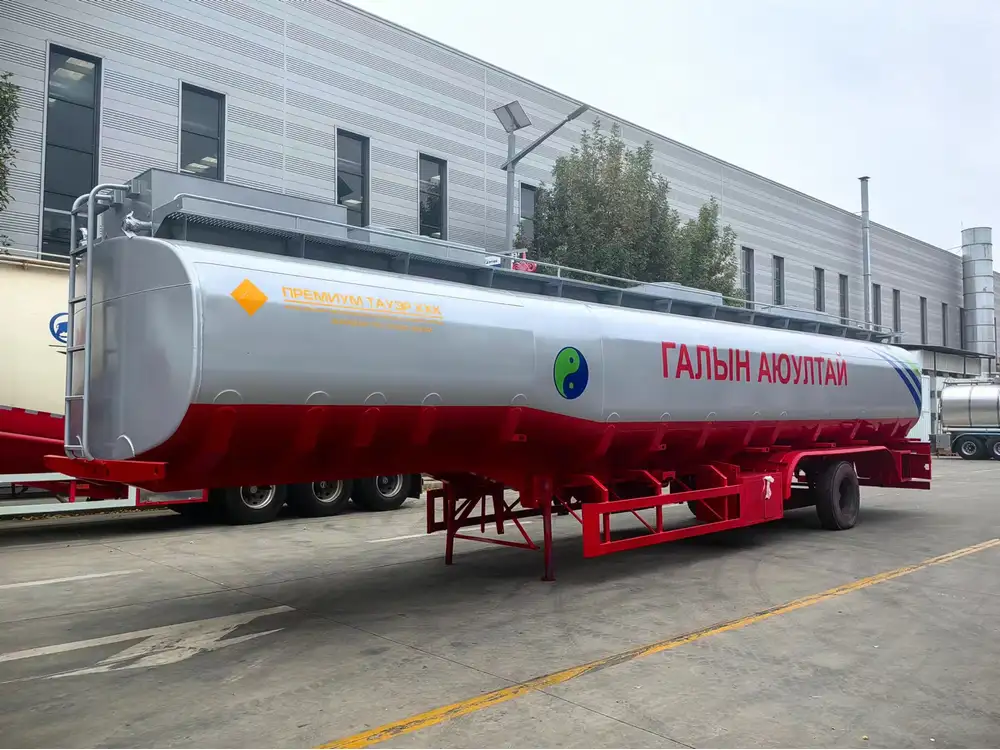In the heart of Africa, where the vast landscapes meet an intricate tapestry of communities and industries, the demand for efficiency in transportation is at an all-time high. For those traversing the rugged terrains of the Democratic Republic of the Congo (DRC), maximizing fuel capacity, particularly through the adoption of an external gas tank for trucks, emerges as an indispensable solution. These tanks are not merely accessories; they are vital components that can drastically improve workflow, reduce downtime, and ultimately, facilitate productivity.
Understanding the Significance of External Gas Tanks
Why External Gas Tanks?
The essence of external gas tanks transcends simple additional storage. When integrated into truck operations, they transform fuel logistics into a streamlined process. Key benefits include:
- Enhanced Fuel Capacity: With larger tanks, trucks can cover greater distances without frequent refueling stops, ideal for long-haul routes.
- Operational Efficiency: Consolidating fuel storage means less time managing fuel logistics and more time on the road.
- Cost-Effectiveness: Bulk fuel purchases can be more economical, reducing per-mile fuel costs.
- Versatility: External tanks can be customized to suit various truck models, providing tailored solutions for different operational needs.
It’s essential to recognize that the right external gas tank for trucks can significantly influence transportation dynamics, paving the way for a more effective and profitable venture.

Types of External Gas Tanks
When considering the acquisition of an external gas tank for a truck, one must evaluate various types that cater to diverse operational requirements. The most notable categories include:
| Tank Type | Capacity Range | Material | Common Use Case |
|---|---|---|---|
| Portable Tanks | 25 to 100 gallons | Steel / Polyethylene | Short trips, limited range, emergency fuel supply |
| Fixed Tanks | 100 to 1,000+ gallons | Steel / Aluminum | Long-haul trucking, commercial fleets, construction sites |
| Double-Wall Tanks | 500 to 2,500 gallons | Steel | Compliance with regulations, secondary containment |
| Environmental Tanks | 50 to 300 gallons | Polyethylene | Eco-friendly requirements, special project needs |
Choosing the Right External Gas Tank
Selecting an external gas tank for your truck involves several critical considerations to ensure that it meets your operational needs while also adhering to safety regulations.
Capacity Needs
Evaluate your transportation routes. Will you be operating in remote areas where refueling stations are scarce? Larger tanks may be paramount.

Material Durability
The truck travels through diverse environments. Depending on your primary operations, you might choose between:
- Steel: Offers rugged durability, especially suitable for heavy-duty applications.
- Polyethylene: Provides corrosion resistance and is lightweight, making it ideal for versatile applications.
Compliance with Regulations
The DRC has specific regulations regarding fuel transportation and storage. Ensure your chosen tank complies with local laws, especially regarding safety and environmental standards.
Installation and Maintenance Considerations

Professional Installation
A proper installation of an external gas tank is vital for safety and functionality. It typically involves:
- Mounting the tank securely to the truck frame to prevent movement during transit.
- Connecting the fuel lines correctly to ensure no leaks occur.
Failure to adhere to installation guidelines can lead to hazardous situations, making professional assistance invaluable.
Routine Maintenance
Regular maintenance ensures optimal performance. We recommend:
- Daily Checks: Before major trips, inspect for leaks or damages.
- Cleaning: Regularly clean fuel lines and the tank itself to avoid clogging and contamination.
- Annual Inspections: Professional reviews of the tank and associated hardware to preemptively address potential issues.
Cost Implications of External Gas Tanks

Analyzing the Initial Investment
The price of an external gas tank can range significantly based on its size and material. However, it’s crucial to view this not merely as a cost but as an investment in future efficiency:
- Portable Tanks: Low initial cost, but limited capacity may lead to more frequent refueling.
- Fixed Tanks: Higher upfront costs, but significant long-term savings and efficiency for large-scale operations.
Long-Term Savings
Calculating potential savings involves several factors:
- Fuel Price Fluctuations: Buying fuel in bulk can mitigate costs during high-price periods.
- Reduced Downtime: Longer intervals between refuels enhance productivity.
- Lower Transportation Costs: Fewer trips to the fuel station translate directly into cost savings.
The Future of Fuel Storage Solutions
As industries evolve, so too do the technology and materials used in external gas tanks. Consider the following trends:
- Smart Technology Integration: Tanks equipped with fuel monitoring systems that notify operators of tank levels and allow remote management.
- Improved Materials: Innovations in tank materials that enhance compliance with environmental standards while ensuring durability.
- Modular Designs: Future tanks may offer customizable sizing and connectivity options, allowing for unparalleled flexibility in fuel storage solutions.

Conclusion
In the ever-demanding landscape of transportation in the Democratic Republic of the Congo, acquiring an external gas tank for trucks can be a game-changer. By investing in a reliable, durable solution, operators can streamline their logistics, enhance efficiency, and boost their bottom line. We, at CarMax Vehicle, are committed to providing top-of-the-line external gas tank options tailored to your needs, ensuring your operations run smoothly without hitches.
FAQs
What are the benefits of using an external gas tank for trucks?
Using an external gas tank allows for enhanced fuel capacity, operational efficiency, and cost-effectiveness while reducing downtime associated with frequent refueling.

How do I determine the right tank size for my truck?
Consider the length of your typical routes, accessibility to fuel stations, and your operational requirements. For long distances in remote areas, larger tanks are advisable.
Are there safety regulations I need to consider?
Yes, it is vital to comply with local regulations in the DRC regarding fuel storage and transportation. Consult with industry professionals to ensure adherence to safety standards.
How often should I perform maintenance on my gas tank?
Regular inspections should be conducted daily before major trips, with annual professional reviews to ensure total functionality and address any potential concerns.













Reviews
There are no reviews yet.